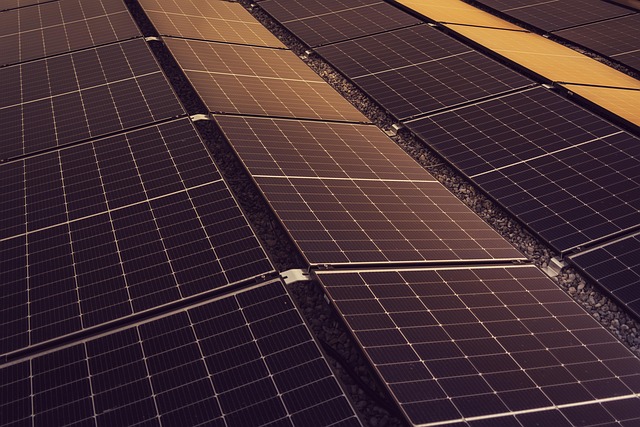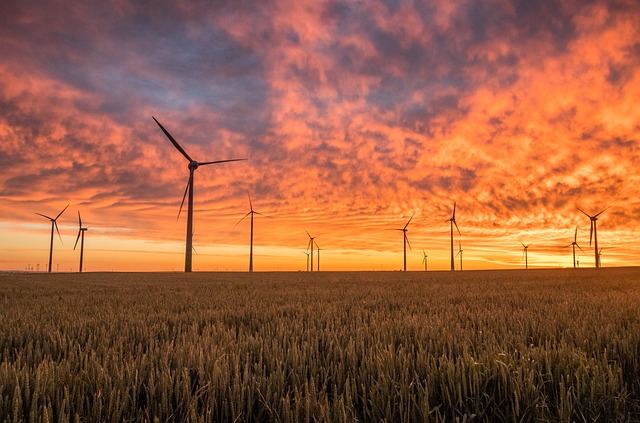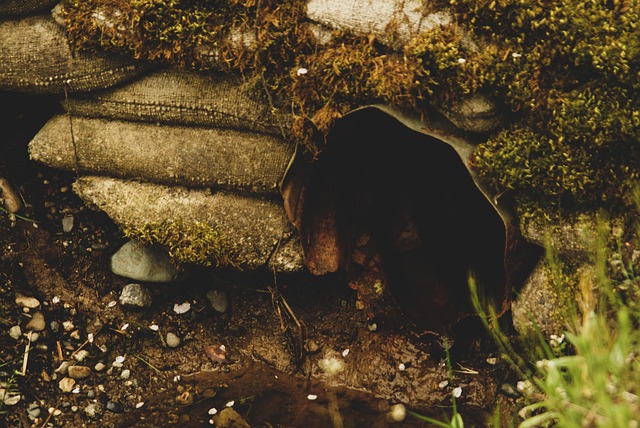In a world that is increasingly grappling with climate change and resource depletion, the necessity for effective waste management has never been more pressing. Embracing the waste hierarchy is a pivotal step towards optimizing efficiency and promoting sustainable development. This structured approach not only emphasizes reducing our ecological footprint but also encourages the integration of green technologies that pave the way for a sustainable future.
The waste hierarchy categorizes waste management practices in order of their environmental impact, prioritizing strategies that prevent waste creation over those that treat or dispose of it. At the top of the hierarchy is prevention, followed by preparation for reuse, recycling, recovery, and finally, disposal. By adopting this framework, businesses and individuals alike can make informed decisions that contribute significantly to sustainability initiatives.
One of the most effective ways to reduce our ecological footprint is through the prevention of waste. This involves reevaluating production processes and consumer habits, encouraging innovation in design that minimizes waste generation. For instance, companies that utilize sustainable materials and incorporate efficient manufacturing practices not only reduce the amount of waste produced but also enhance their competitive edge in the market.
Another crucial aspect of the waste hierarchy is the promotion of recycling and recovery. Recycling helps transform waste into valuable resources, reducing the demand for raw materials and energy. As a result, this practice contributes to a carbon neutral approach by decreasing greenhouse gas emissions. Communities and businesses that invest in recycling programs often foster a culture of sustainability that resonates throughout their operations and the wider society.
Green technologies play a vital role in the implementation of the waste hierarchy. From energy-efficient appliances to waste-to-energy systems, these innovations not only minimize waste but also create circular economic opportunities. By investing in technologies that optimize resource use and reduce environmental impacts, we can work towards a future where waste is minimized and efficiency is maximized.
Ultimately, embracing the waste hierarchy is about more than just waste management—it’s about rethinking our relationship with resources and the planet. As consumers become more eco-conscious, businesses are compelled to adapt and adopt sustainable practices. The movement towards a carbon neutral economy is gaining momentum, and the waste hierarchy serves as a guiding principle for those striving to create a better world for current and future generations.




